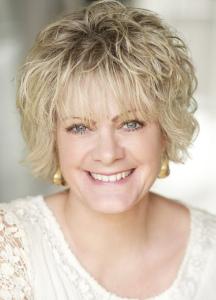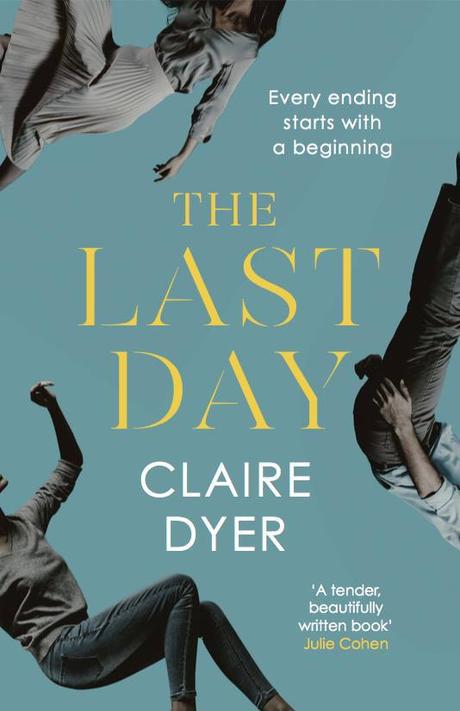 Last week’s Spring Sofa Spotlight met with great enthusiasm and lots of my favorite feedback: that people discovered books they may not otherwise have heard of and can’t wait to read. Thank you for the appreciation and for helping to spread the word – I wouldn’t still be running this blog if I didn’t believe this really matters; these days only a few titles get a big marketing push and the rest, especially if they’re with smaller presses or not overly ‘commercial’, are dependent on word of mouth. These are often the books I enjoy most, and when I’m really lucky I get to share a visit from the author!
Last week’s Spring Sofa Spotlight met with great enthusiasm and lots of my favorite feedback: that people discovered books they may not otherwise have heard of and can’t wait to read. Thank you for the appreciation and for helping to spread the word – I wouldn’t still be running this blog if I didn’t believe this really matters; these days only a few titles get a big marketing push and the rest, especially if they’re with smaller presses or not overly ‘commercial’, are dependent on word of mouth. These are often the books I enjoy most, and when I’m really lucky I get to share a visit from the author!
Today I am delighted to welcome the first of my Spring Spotlight guests, poet and novelist Claire Dyer. Her novel The Last Day is published by the independent Dome Press, who appear to have an eye for the magic combination of literary merit and broad appeal. It is very much my kind of book and in my review at the end you can find out why. But first let’s hear Claire’s thoughts on something which has always preoccupied writers and fascinated readers: the delicate balance between research and imagination in writing fiction:
I once heard that James Joyce trod the pavements of Dublin to make sure it took precisely thirteen minutes to get from point A to point B so he could represent this faithfully in his writing. Also, Wilkie Collins was known to consult astronomical charts to ensure he had a firm grasp of exactly what kind of moonlight fell on the precise night about which he was writing. In addition I also read somewhere that Audrey Niffenegger carefully researched paper making so she could write authentically about Clare’s work in The Time Traveler’s Wife.
However, authors also make stuff up, and it’s achieving a balance between research and imagination that fascinates me and is the topic I wish to explore whilst I’m here on Isabel’s Literary Sofa.
I too have embarked on many and varied types of research: I’ve done pottery lessons (for The Moment), traveled to Athens (for The Perfect Affair), interviewed carpenters, estate agents, doctors, florists, gardeners, bankers and many more to gain insights into the professions I have chosen for my characters along the way. I’ve also checked out train routes, fashions, newspaper headlines, TV listings, the music hits of the day on the internet; I’ve trawled through photographs, books, stared at Google Maps, sent detailed questionnaires to family and friends both here and in the US and have even stood on Newgale Sands in Pembrokeshire breathing in the salty air to help me prepare for the final scene in one of my books. I’ve visited the London Aquarium, Kew Gardens, the Surrey hills and plumbed deeply personal experiences of birth and death and the many stages in between.
I even visited a medium for a scene in my latest novel, The Last Day, a decision which produced a very surprising result. I went fully prepared to take notes, remain unmoved by anything she said and only think of my character, Honey, while I was there. However, half way through the session, the medium told me my mother, who had died when I was a girl, had arrived and wanted to say something to me. I can’t pretend it wasn’t a shock, one that I’m still coming to terms with, and it made me realize that sometimes the line between research and imagination can get very blurred indeed.
Yet amongst all this fact-finding, my imagination is churning away because in the foreground of all this research are my characters and their stories and it’s for them I have to get it right.
And what if I get it wrong? I remember when researching for the day at the races scene in The Perfect Affair, I looked up which horse had won which race, I studied the notes I’d made when I’d been to the races to remind myself of the small details, like how the tannoy sounds, how the horses skitter to the starting post, the press of bodies, the sweat on the animals’ flanks in the winners’ circle, and yet my scene was set in the 60s and so it was only when I pulled up some photographs on the internet that I realised two very important small details which I nearly missed. The first was that all the men in the pictures were wearing hats and the second was that the majority of the punters were smoking. And so, in my scene, I had my characters take off their hats when they arrive in the function room, which itself fills with the smoke of numerous cigarettes as the day progresses.
What if I deliberately fudge the issue? There have been times when I’ve been less than exact about road names, or the distances between places, or timelines, and also when I’ve used a little bit of artistic license because to me such facts could be in danger of getting in the way of the all-important story. I do feel guilty about this but, on balance, I believe that it’s best for writers to try and achieve a balance between what’s made up and what’s real so that our readers (and, after all, the reader is the person for whom we are writing) can be immersed in the narrative, lose themselves in the ups and downs of our characters’ lives without worrying too much about whether the weather on the particular day in question was actually sunny or not.
And what is getting it right? Is it this immersion, this losing of oneself in the world of the novel? I think it is. And I guess I’m lucky because at least I can check my facts (if I wish to) whereas others who, for example, write fantasy novels can’t. They make up their worlds, they invent currencies, modes of transport, food, clothes and complete ways of life and I admire them greatly for doing so. I don’t think I ever could. And there are even those who like Laini Taylor blend the real with the imagined. In Daughter of Smoke and Bone which I read recently for BBC Radio Berkshire’s Radio Reads, she seamlessly melds modern-day Prague with a fantastical world of angels and monstrous creatures and gives them all hearts and consciences, hopes and fears. It is a huge achievement and one I admire immensely.
I shall continue to base my stories in this world, whether it be now or ten, twenty, thirty, forty, fifty years ago and I shall do my utmost to mix fact with fiction, the exact with the inexact, research with imagination in the hope that my characters will have room to breathe and a voice with which to tell their stories.
Thank you to Claire for this great piece about her extensive and varied research, giving insights into the calculations and decisions writers have to make in the best interests of the story.

It is three months since I read The Last Day but the impact it made on me has not faded. The unusual premise, of a woman who allows her estranged husband and his much younger girlfriend to move in with her temporarily, provides perfect territory for this mature and nuanced examination of grief and the complicated and enduring nature of human ties, with some searing ‘moments of truth’.
Dyer exploits an unorthodox domestic arrangement to draw her characters in depth, fusing each one’s present and past. To earn its place, back story should always be vital in both senses, essential and alive, and The Last Day is a skillful example of this, intensified by the delicate prose of a poet. It also stands out as a novel testifying to the practical and emotional complexities of middle age in a realistic and honest way. As a time of life which many of us find no less turbulent than our youth, it has huge narrative potential (and that’s not all, when you consider the demographics on who actually buys and reads fiction). Whilst the representation of women currently falls short in this respect, I’ve noticed a few welcome signs that this is starting to change. This moving and emotionally intelligent novel sets the bar high.
*POSTSCRIPT*
Next week I’ll be hosting a Writers on Location post by Alicia Drake, debut author of another of my spring choices, I love you too much. The novel is set in the smart 6th arrondissement of Paris and Alicia will be looking back on many years of living there as an ex-pat.
Advertisements &b; &b;
